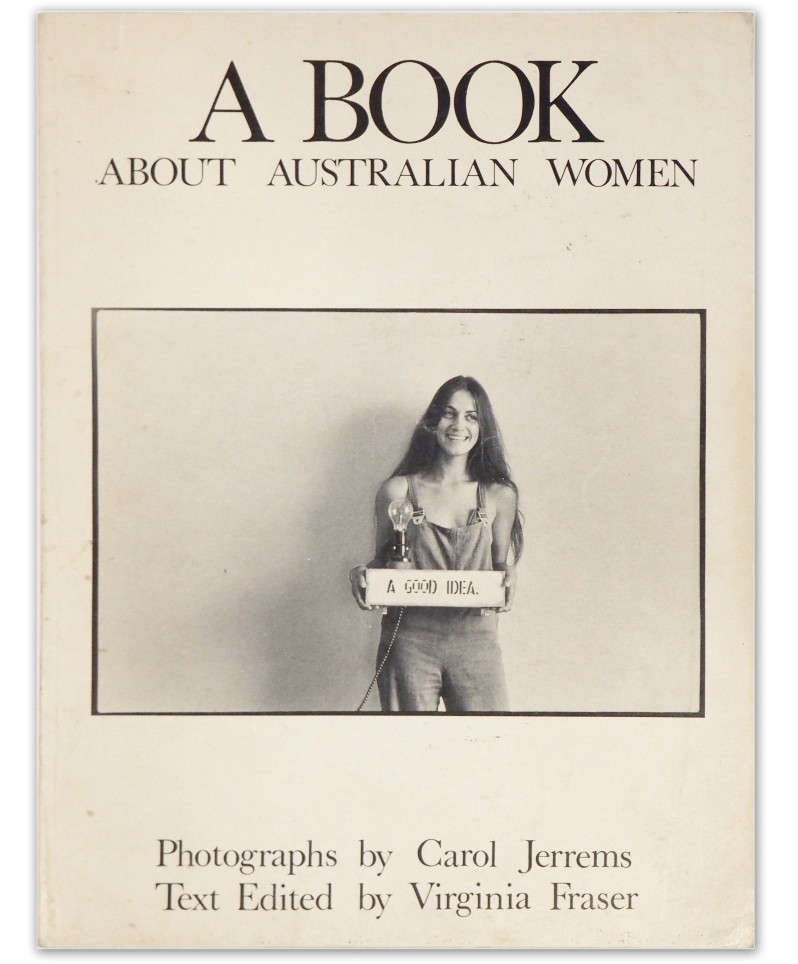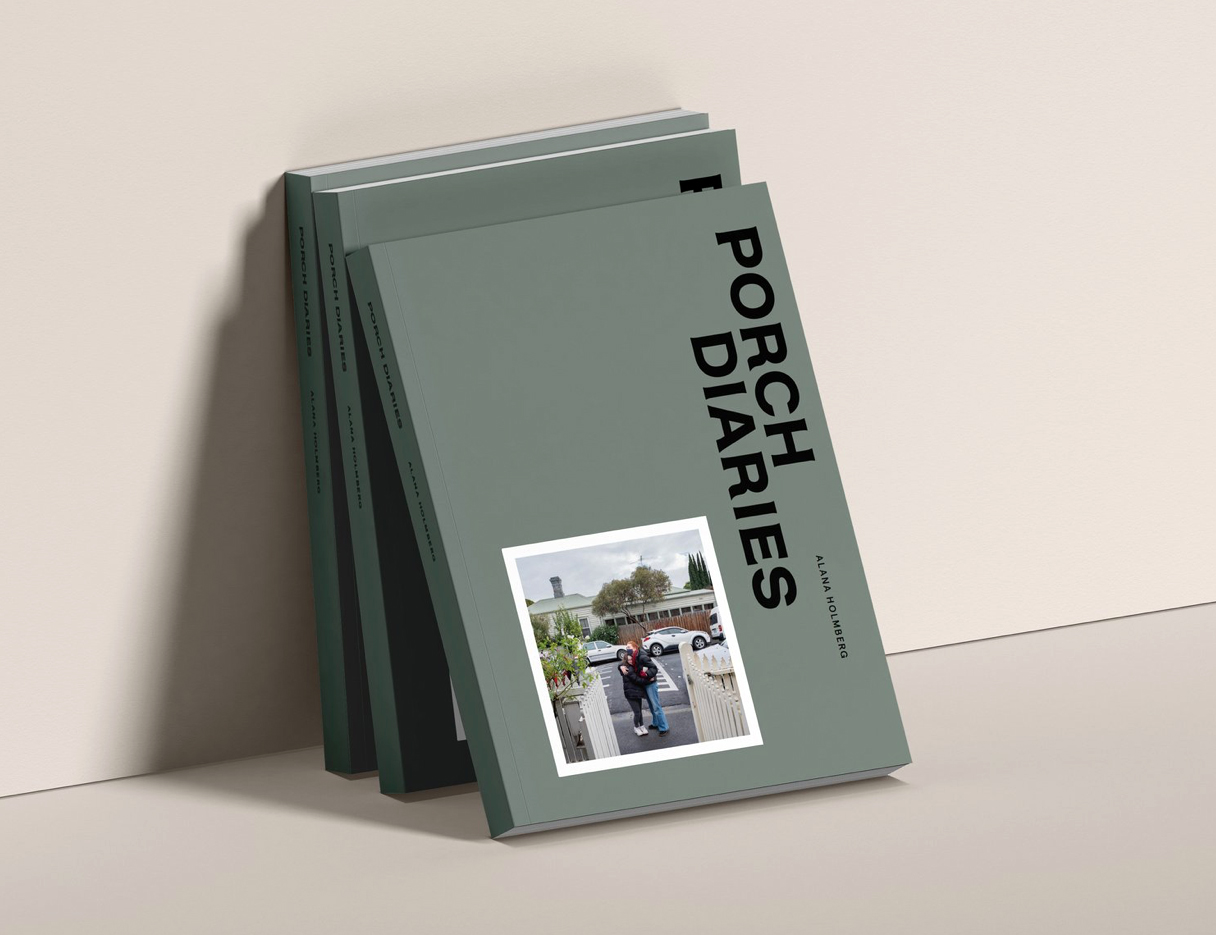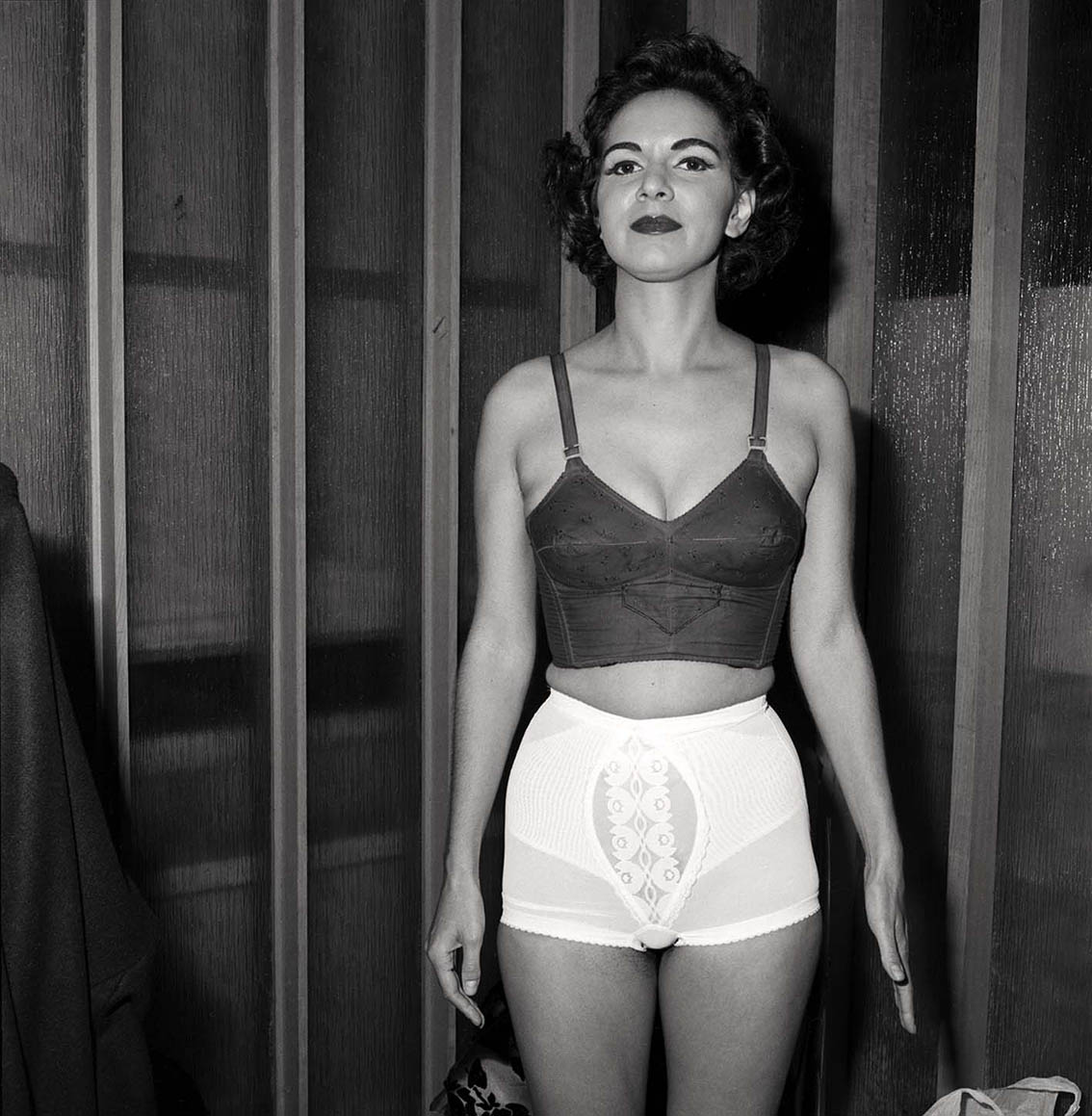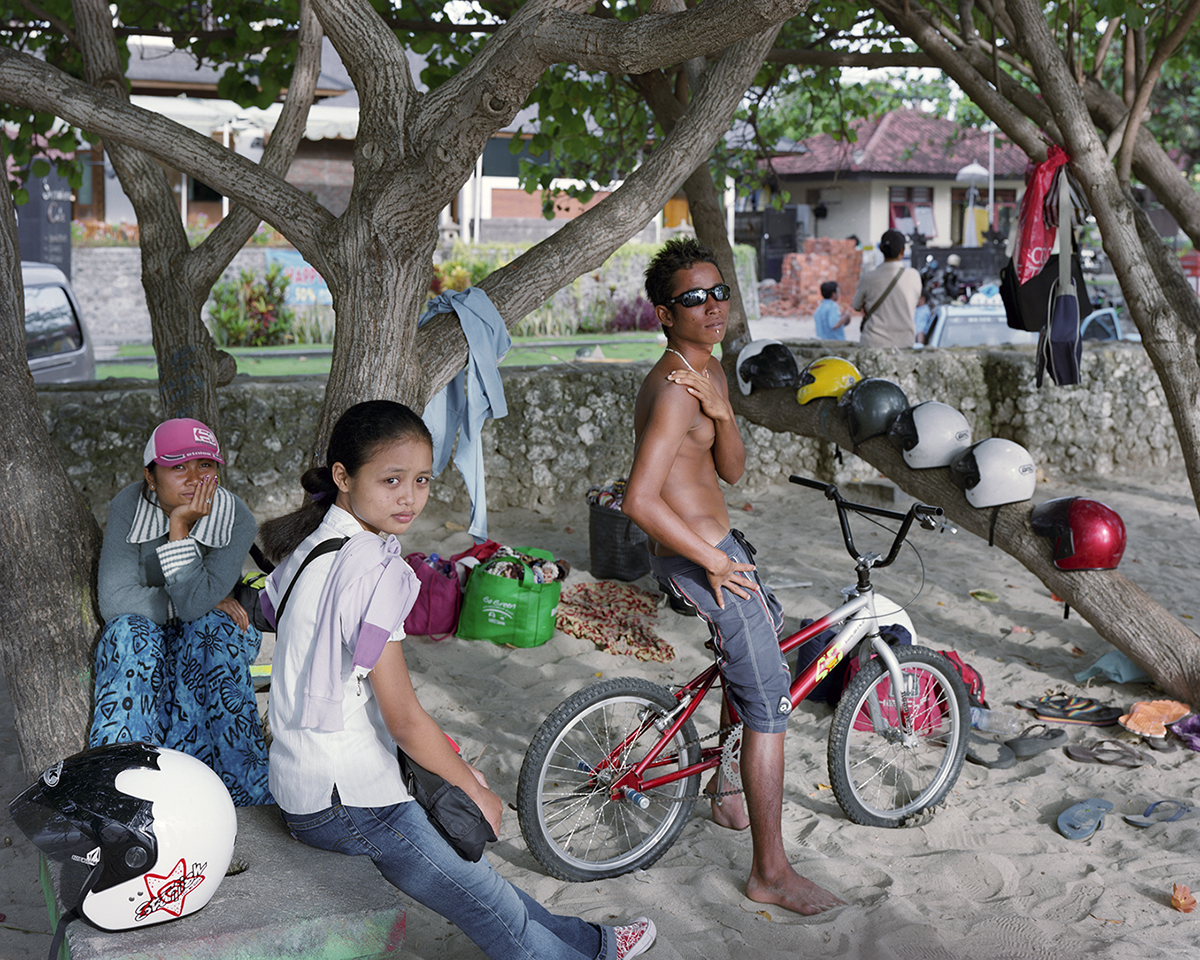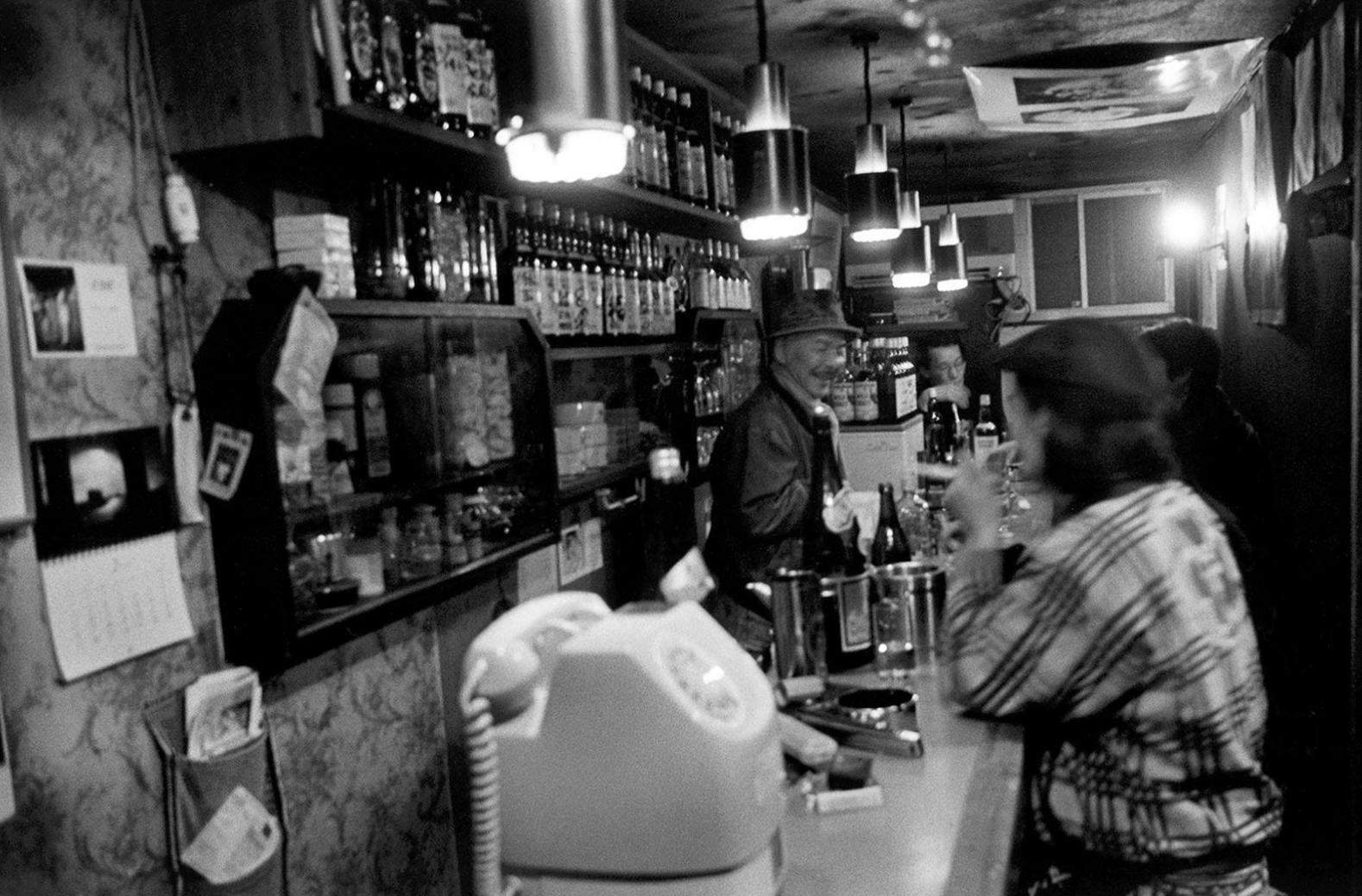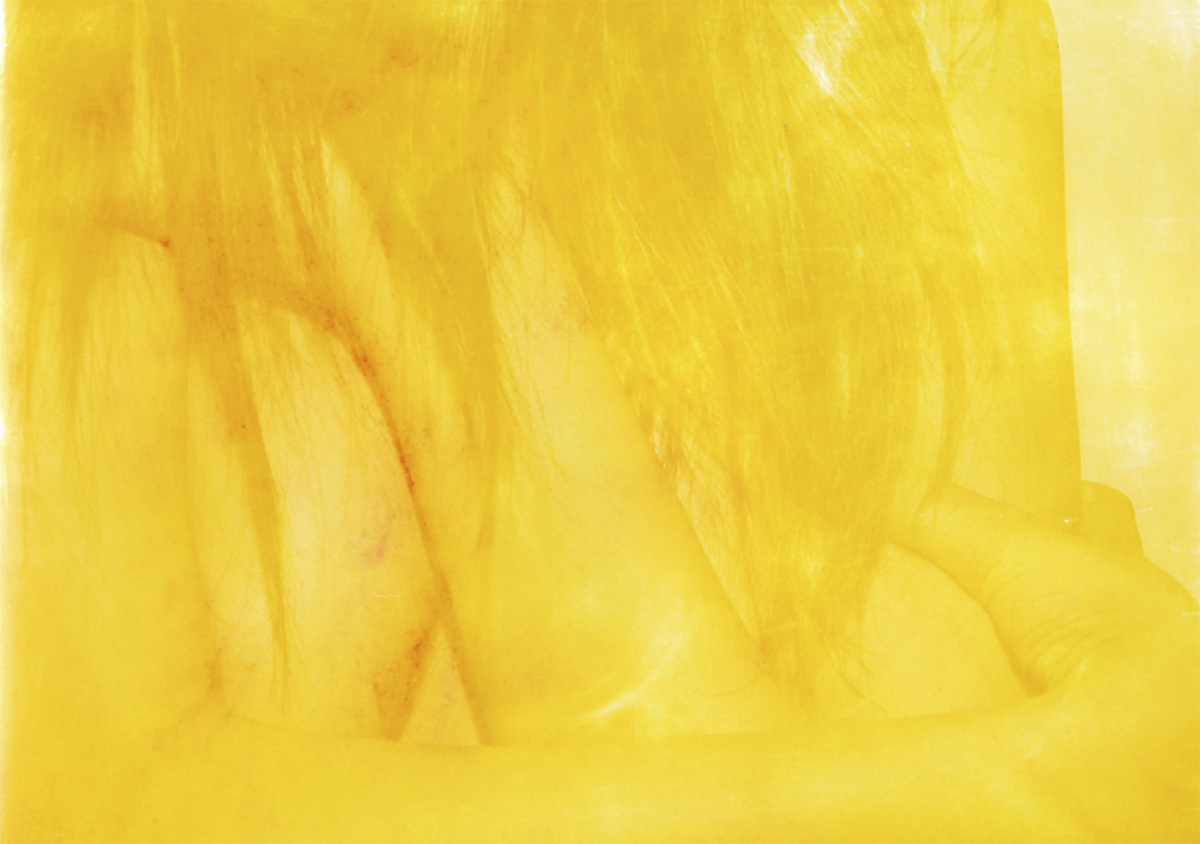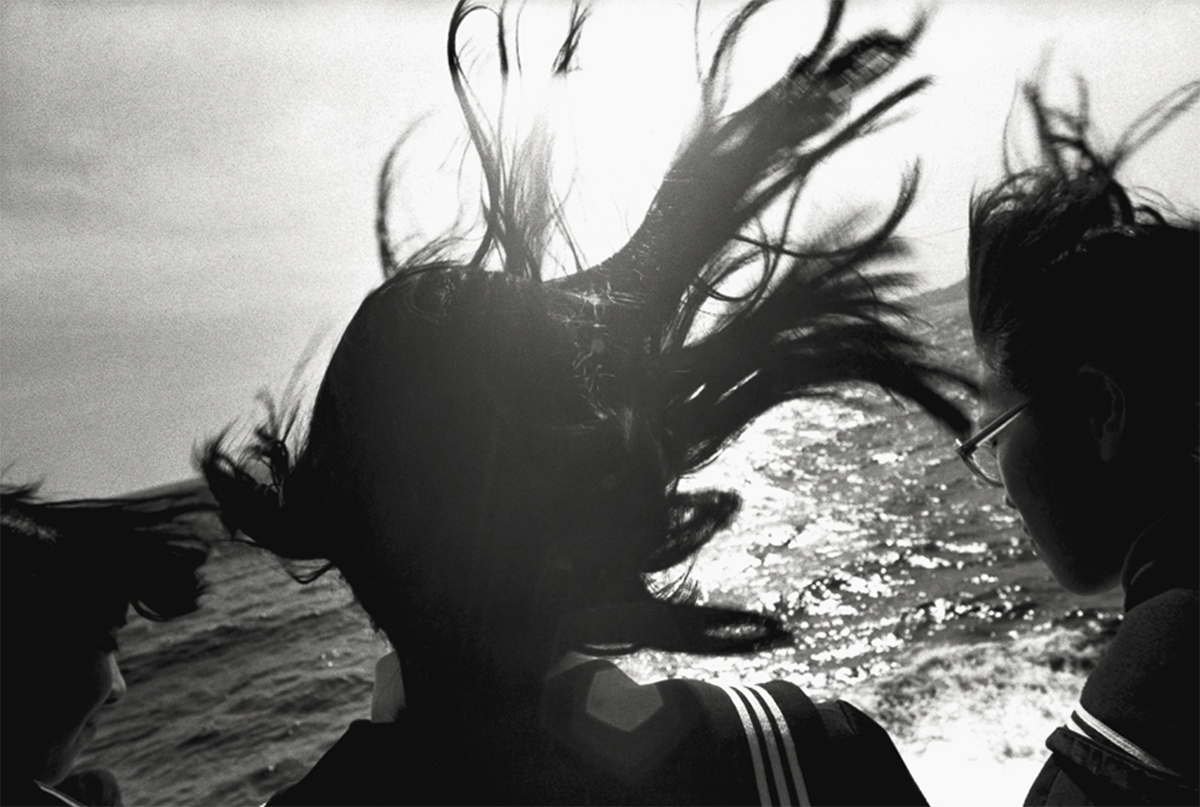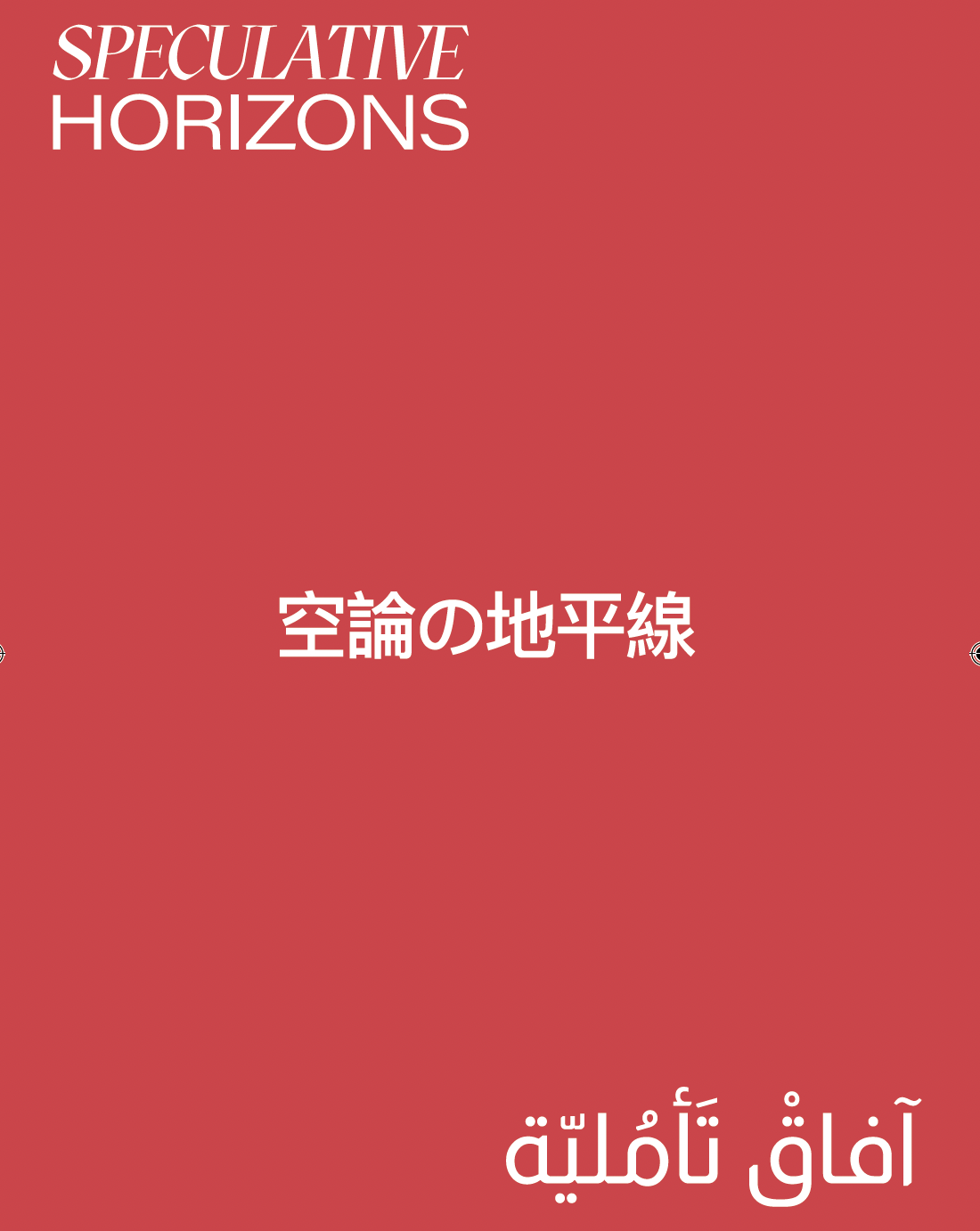
Essay: Story Objects, Evasive Sanctuaries Reader & Education Kit.
Speculative Horizons, Contemporary Art Platform, Kuwait, 02.2024
“‘Story objects’ seem counter to contemporary visual culture and habits that are obsessed with liquid screens of visual overload. Though images in cyber form certainly facilitate memories, this exhibition purposely presents physical objects that are crafted through photographic production as tangle objects that explore remembering. Here, film grain and pixels function like planets within a cosmic alchemic universe and prints and books act like guides and maps. Physical objects for that floating space of navigation.”
Speculative Horizons, Contemporary Art Platform, Kuwait, 02.2024
“‘Story objects’ seem counter to contemporary visual culture and habits that are obsessed with liquid screens of visual overload. Though images in cyber form certainly facilitate memories, this exhibition purposely presents physical objects that are crafted through photographic production as tangle objects that explore remembering. Here, film grain and pixels function like planets within a cosmic alchemic universe and prints and books act like guides and maps. Physical objects for that floating space of navigation.”
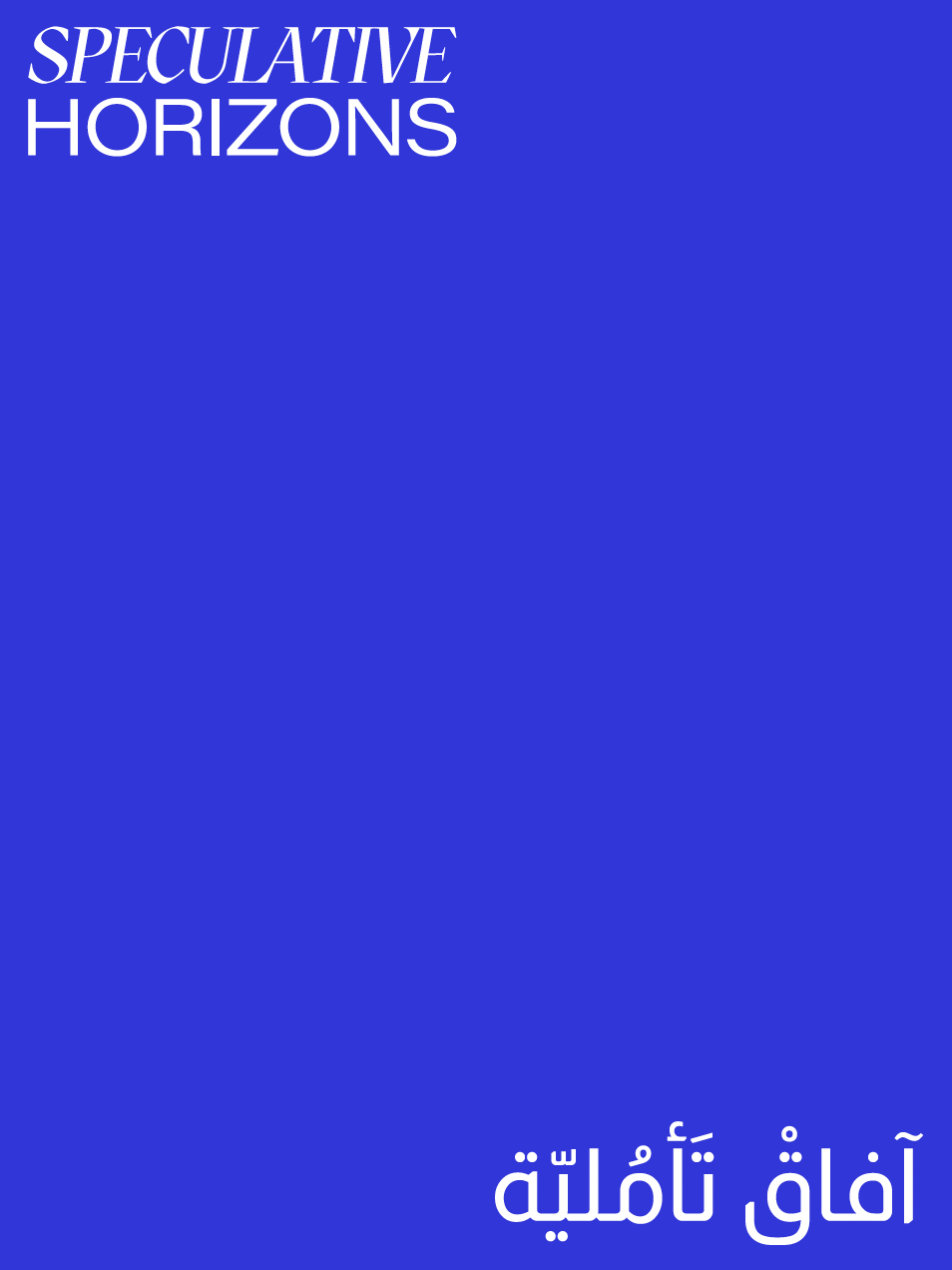
Essay: Speculative Horizons Reader
Speculative Horizons, Contemporary Art Platform, Kuwait, 02.2023
“The term speculative is used in many alternate ways, for example: speculative forecast (business development), speculative design (design systems for an ecological sound future) and speculative execution (computer systems that perform unrequired tasks). In the context of this exhibition and associated symposium, my friends and collaborators Saad, Madi, Brie, Jesse and I, use the term in an attempt to detach correctness and open a space to speculate about what parallels and present and future possibilities can be forged through presenting and discussing art made with lenses in both regions.”
Speculative Horizons, Contemporary Art Platform, Kuwait, 02.2023
“The term speculative is used in many alternate ways, for example: speculative forecast (business development), speculative design (design systems for an ecological sound future) and speculative execution (computer systems that perform unrequired tasks). In the context of this exhibition and associated symposium, my friends and collaborators Saad, Madi, Brie, Jesse and I, use the term in an attempt to detach correctness and open a space to speculate about what parallels and present and future possibilities can be forged through presenting and discussing art made with lenses in both regions.”

©Chris Round
Interview: Chris Round The Grand Scheme exhibition catalogue
PhotoAccess, ACT, Australia, 04.2023
“What’s with ‘big things’ in Australia?
I know, right! I believe they were born out of the desire for small towns to attract visitors passing through their communities. It’s certainly a unique side of Australian regional culture. The Big Trout in Adaminaby is a great example – despite being a small village, it’s become a well-known landmark, drawing the attention of motorists and tourists who make a point of stopping to take look and more often than not a picture!”
Interview: Doug Spowart - 52 Antipodean Photobooks for Tate
Photo 2021 Channel, 06.2021
“More recently, the inclusion of self in documentary projects has been discussed and examined, commonly referred to as a diaristic approach. But in this collection there are other earlier examples, such as: William Yang’s Sadness, Richard Tipping’s Signs of Australia and Bruce Connew’s On the way to an Ambush. The diaristic approach was evidently being used post-WWII, any thoughts on why it hasn’t been more largely examined?”
Interview: Alana Holmberg – In Conversation with Kristian Häggblom
Photo Collective, 06.2021
“Writing in a diary-esque fashion seems key to the project and especially the publication – is there a paragraph or line that speaks to the heart of your experience making this work from your text?
‘Not searching, I found something I was yearning for, I hope to find it again.’”
Photo Collective, 06.2021
“Writing in a diary-esque fashion seems key to the project and especially the publication – is there a paragraph or line that speaks to the heart of your experience making this work from your text?
‘Not searching, I found something I was yearning for, I hope to find it again.’”
Interview: Ruth Maddison – In Conversation with Kristian Häggblom and Jessie Boylan
Photo Collective, 04.2020
“The exhibition at the CCP includes some of your stunning portraits of important Melbourne cultural figures, such as Helen Garner, Tracey Moffatt, Steven Cummings, etc. These are such charismatic figures, does one sitting standout?
One night when I arrived, Tracey was preparing for a shoot. She was in her underwear and make up – she looked so good! I said to her: ‘Let me take a shot?’ and her response was: ‘No. You’ll do an Arbus!’ And I said, ‘No I’ll do a Ruth Maddison.’”
Photo Collective, 04.2020
“The exhibition at the CCP includes some of your stunning portraits of important Melbourne cultural figures, such as Helen Garner, Tracey Moffatt, Steven Cummings, etc. These are such charismatic figures, does one sitting standout?
One night when I arrived, Tracey was preparing for a shoot. She was in her underwear and make up – she looked so good! I said to her: ‘Let me take a shot?’ and her response was: ‘No. You’ll do an Arbus!’ And I said, ‘No I’ll do a Ruth Maddison.’”
Story: The Obliging Tourist
Lost on Earth Issue Six, 12.2020
“...To my complete astonishment the taxi driver was standing behind the gate yelling with my camera bag raised high above his head. I nearly fainted. What a legend! There is no way in the world this would be possible today, but he passed the black heavy camera bag over the gate, winked and said: “take care and see you next time.”
Lost on Earth Issue Six, 12.2020
“...To my complete astonishment the taxi driver was standing behind the gate yelling with my camera bag raised high above his head. I nearly fainted. What a legend! There is no way in the world this would be possible today, but he passed the black heavy camera bag over the gate, winked and said: “take care and see you next time.”
Interview: Fumimasa Hosokawa (with Danielle Smelter) - Hello Twentieth Century
Two Inadequate Voices, 12.2020
“I always ask photographers what is a good soundtrack for this work? What do you recommend listening to when viewing the work?
If by soundtrack you mean music, I never thought about it. If you dare, John Cage's "4:33". Or the most popular trendy and shallow music. That's all.”
Two Inadequate Voices, 12.2020
“I always ask photographers what is a good soundtrack for this work? What do you recommend listening to when viewing the work?
If by soundtrack you mean music, I never thought about it. If you dare, John Cage's "4:33". Or the most popular trendy and shallow music. That's all.”
Interview: Koji Onaka - On The Early Days in Shinjuku
Two Inadequate Voices, 10.2020
“There is one amazing image of you with Daido Moriyama, Takuma Nakahira and Masahia Fukase and many others that feature them and other important people. What was it like hanging out with those now seminal figures of Japanese photography? You must have been much younger?
...But the connections between photographers that were working hard were very rich and collegial. We had many good times and enjoyed drinking, singing at a bar in Shinjuku Golden-Ggai or Daido Moriyama’s apartment. I was younger but I could make a good connection with Moriyama-san because I was a member of CAMP. And maybe because I was also a good drinker!”
Two Inadequate Voices, 10.2020
“There is one amazing image of you with Daido Moriyama, Takuma Nakahira and Masahia Fukase and many others that feature them and other important people. What was it like hanging out with those now seminal figures of Japanese photography? You must have been much younger?
...But the connections between photographers that were working hard were very rich and collegial. We had many good times and enjoyed drinking, singing at a bar in Shinjuku Golden-Ggai or Daido Moriyama’s apartment. I was younger but I could make a good connection with Moriyama-san because I was a member of CAMP. And maybe because I was also a good drinker!”
Essay: a_tone_ment
Tsuka exhibition reader, Centre for Contemporary Photography, 07.2018
“Out the back of Ueno Park - beyond the national and western museums, the zoo, several temples and Tokyo University, beside the pond - one can find a stone monolith, a tsuka for sewing needles. The monument was donated and erected by local seamstresses’ to commemorate the many sewing needles they have worn out and hence discarded.”
Tsuka exhibition reader, Centre for Contemporary Photography, 07.2018
“Out the back of Ueno Park - beyond the national and western museums, the zoo, several temples and Tokyo University, beside the pond - one can find a stone monolith, a tsuka for sewing needles. The monument was donated and erected by local seamstresses’ to commemorate the many sewing needles they have worn out and hence discarded.”
Review: Masahisa Fukase – 鴉 (Ravens)
Perimeter x Heavy, The Heavy Collective, 09.2017
“Like his junbungaku predecessors and counterparts, the I-novel-esque backstory that drove Fukase’s obsession and subsequent masterpiece goes something like this: After thirteen years of marriage to his second wife Yoko – who was also his prominent photographic subject and muse – she left him. As he often did when destitute, lonely or needing a break, he boarded a train to Hokkaido. As he travelled north, he began to notice the ravens from the train window, the abundant and portentous black birds seemingly reflecting his mood and feelings.”
Perimeter x Heavy, The Heavy Collective, 09.2017
“Like his junbungaku predecessors and counterparts, the I-novel-esque backstory that drove Fukase’s obsession and subsequent masterpiece goes something like this: After thirteen years of marriage to his second wife Yoko – who was also his prominent photographic subject and muse – she left him. As he often did when destitute, lonely or needing a break, he boarded a train to Hokkaido. As he travelled north, he began to notice the ravens from the train window, the abundant and portentous black birds seemingly reflecting his mood and feelings.”
